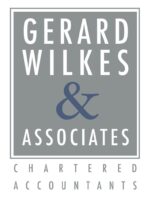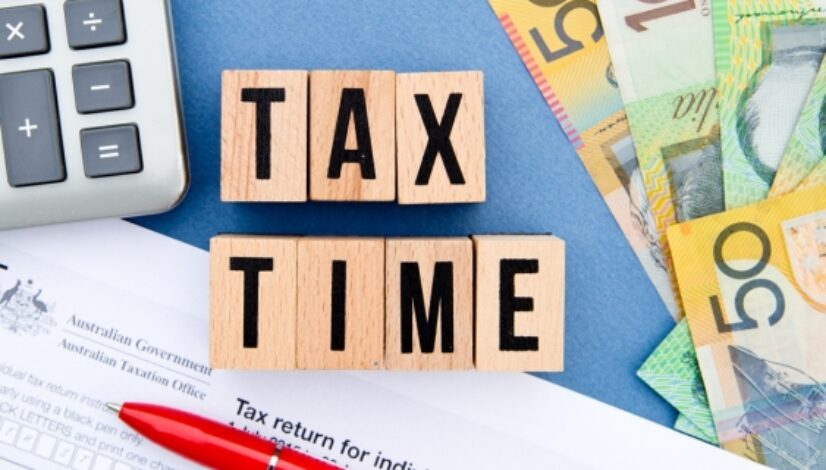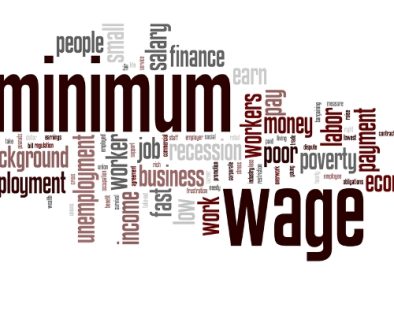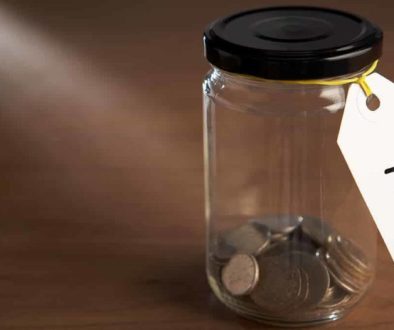Things to consider for your 2020/2021 tax return
Please see below information from the ATO on Things to consider for your 2020/2021 tax return.
2020–21 has been difficult, but your tax return doesn’t need to be. We have a range of different approaches to help you through this tax time with specific measures and support available for individuals.
JobKeeper payment
You will need to declare JobKeeper payment amounts you received as either an Employee or Sole trader in your tax return.
Employees
You need to include any JobKeeper payments you received in your tax return. Your employer will report these payments as either salary and wages or an allowance on your income statement. If you lodge your tax return online this information will automatically pre-fill for you when your employer finalises your income statement. Tax agents will also have access to this information.
Sole traders
Sole traders who received JobKeeper payments on behalf of their business will need to include the payments as assessable income for the business in their tax return.
JobSeeker payment
From 20 March 2020, the new JobSeeker payment replaced certain Centrelink payments you might have received from Services Australia.
From 20 March 2020 there were no new grants of Sickness Allowance.
On 20 September 2020 JobSeeker welfare payment replaced Sickness Allowance.
As a result of this change, your Centrelink payment summary for 2020–21 may detail two types of payments, for both Sickness Allowance and new JobSeeker payments. We will pre-fill this information into ”Australian Government allowances and payments’ in your tax return when Services Australia reports it to us. This information is usually available by the end of the first week in July each year.
A Medicare levy exemption for Sickness Allowance recipients is only allowed from 1 July 2020 to 19 September 2020.
JobSeeker payment is not an eligible payment for claiming a Medicare levy exemption.
JobMaker Plan and the low and middle income tax offset
The low and middle income tax offset (LMITO) announced in the 2018–19 federal Budget continues to be available for 2020–21. Stage two of the Personal Income Tax Plan was brought forward from 1 July 2022 to 1 July 2020.
A tax offset is not a refund and can only reduce the amount of tax you need to pay. The amount of the offset you may be entitled to will vary depending on your individual circumstances, such as your income level and how much tax you have paid throughout the year. The maximum offset amount is $1,080 per year.
You don’t need to complete a section in your tax return to get this tax offset. We work out your tax offset for you once you lodge your tax return. If using myTax, the amount will be displayed in the estimate calculation.
From the 2020–21 income year, the changes:
- increase the low income tax offset (LITO) from $445 to $700 and adjusted the phase out rules
- increases the top threshold of the 19% personal income tax bracket from $37,000 to $45,000
- increases the top threshold of the 32.5% personal income tax bracket from $90,000 to $120,000
- retains the low and middle income tax offset (LMITO) for the 2020–21 income year
- amounts withheld under the old schedules will be taken into account once returns are lodged.
Exempting granny flat arrangements from capital gains tax
In the 2020 federal Budget, the government announced they will provide a capital gains tax (CGT) exemption for granny flat arrangements where there is a formal written agreement.
The exemption will apply to arrangements with older Australians or those with a disability. If the measure receives Royal Assent of the enabling legislation it will take effect from 1 July 2021.
Under the measure, CGT will not apply to the creation, variation or termination of a formal written granny flat arrangement providing accommodation for older Australians or people with disabilities.
This change will apply to agreements that are entered into because of family relationships or other personal ties and will not apply to commercial rental arrangements.
Working from home
We understand that the Australian community is continuing to adapt to the ongoing impacts of COVID-19 on their working arrangements. To help, we extended the temporary ‘shortcut method’ of 80 cents per hour worked from home to be available until 30 June 2021. This means, if you use the shortcut method you can claim your work from home expenses for the period between:
- 1 March 2020 to 30 June 2020 in your 2019–20 tax return
- 1 July 2020 to 30 June 2021 in your 2020–21 tax return.
This method is an all-inclusive rate that requires simple record keeping and a single calculation step.
You can use the method that will give the best outcome, so long as you meet the criteria and record keeping requirements. The other available methods are the:
- Fixed rate method – 52 cents per work hour (instead of calculating your actual expenses for heating, cooling, lighting, cleaning, and the depreciation of home office furniture).
- You will need to separately calculate your phone and internet usage, computer consumables, stationery, and computer depreciation expenses (apportioning for private use).
- You need a dedicated work area and a diary for a four-week period that represents your pattern of home office use over the income year.
Actual expenses method – claim the actual work-related portion of all your running expenses, which need to be calculated on a reasonable basis.
Once you have calculated your deduction, enter the amount at ‘Other work-related expenses’ in your tax return.
Early release of superannuation due to COVID-19
The COVID-19 early release of super program closed on 31 December 2020.
If you accessed your super early under the COVID-19 early release of super program you do not need to include the amount released in your tax return. Amounts released under other compassionate grounds must be included in your tax return.
Services Australia income compliance program refunds
If you receive a refund from the Services Australia income compliance program, you or your tax agent do not need to take any action for tax purposes. That is, you:
- will not be taxed on this amount
- should not include it in your tax return
- do not have to submit an amendment for a prior year tax return.
Submitting an amendment may affect your assessable tax income and any repayment amounts. If you need to lodge an amendment for other purposes, contact us or your tax agent for assistance.
Reducing superannuation minimum drawdown rates
To assist retirees with account-based pensions and similar products, the minimum superannuation drawdown rates were reduced by 50% for the 2019–20 and 2020–21 income years.
For those who have paid more than the minimum drawdown amount, their member can only recontribute these amounts if they are eligible to make super contributions, subject to other rules or limits such as contributions caps.
The reduction is optional and there is no maximum amount other than the balance of your super account, unless it is a transition to retirement pension which is not in the retirement phase. In this case, the annual maximum amount is 10% of the account balance.
Changes to payment summaries
You may not receive a payment summary from your employer this year.
Most employers now report their employees’ income, tax and super information directly to us each payday. You can access your payment summary information – now called an income statement – at any time by going to ATO online services through your myGov account.
If you can’t access your information through your myGov account, you can contact us for a copy of your income statement.
If you use a registered tax agent to prepare your tax return, you don’t need to do anything. We provide your registered tax agents with your income statement information as well as other information third parties report to us, such as banks and government agencies.
Wait for your employer to mark your income statement as ‘tax ready’ before you prepare and lodge your tax return. Your employer should mark your income statement as ‘tax ready’ by 14 July.
If you have more than one employer, you may receive several income statements or both a payment summary and an income statement. You will need to check that income from all your payment summaries is included in your tax return.
Genuine redundancy and early retirement scheme payment changes
From 1 July 2019 the concessional tax treatment of genuine redundancy and early retirement scheme payments has been extended so that those 65 years or over but below age-pension age can still access the concessional tax treatment.
Tax incentives for investment in affordable housing
An additional affordable housing capital gains discount of up to 10% is available to Australian resident individuals who provide affordable rental housing to people earning low to moderate income. To qualify for this additional discount, you must have provided qualifying affordable rental housing through a registered Community Housing Provider:
- on or after 1 January 2018 for a period, or periods, totalling at least three years (1,095 days), which may be aggregate usage over different periods, and
- either directly, or through an interposed entity from a trust or managed investment trust. The interposed entity or trust may be a trust or partnership, other than a public unit trust or superannuation fund.
Amounts you do and do not need to include in your tax return
There have been a range of new assistance and support payments made available to individuals in response to the natural disasters and other circumstances that have impacted us during the 2019–20 and 2020–21 income years.
If you’re experiencing financial hardship as a result of a disaster, you may receive a relief payment from:
- local, state or federal government agencies
- a charity or community group
- your employer.
If you receive a Disaster Recovery Payment (DRP), it will be treated as exempt income. You don’t pay tax on the DRP amount, but you need to include it in your tax return when you work out your tax loss.
Disaster Recovery Allowance (DRA) and Natural Disaster Relief and Recovery Arrangements (NDRRA) payments are generally taxable. However, the government may declare that, for some natural disasters, DRA and NDRRA payments are exempt income. You don’t pay tax on exempt income but you need to include the amount in your tax return when you work out your tax loss.
You are not required to pay tax on the following payments made in relation to the 2019–20 bushfires (these amounts do not need to be included in your tax return):
- a payment made on or after 1 January 2020 by a State or Territory for loss of income as a result of you performing volunteer work with a fire service of a State or Territory during 2019–20
- Disaster Recovery Allowance paid directly as a result of a bushfire which started in 2019–20
- Ex-gratia disaster income support allowance for special category visa (subclass 444) holders paid directly as a result of a bushfire which started in 2019–20
- payments by a State or Territory relating to the 2019–20 bushfires under the Disaster Recovery Funding Arrangements 2018External Link.
Emergency assistance in the form of gifts from family and friends is not taxable.
This information has been sourced from the Australian Taxation Office. You can visit the ATO website here
Our team at Gerard Wilkes & Associates are also here to help. If you have any questions or would like to discuss this article further, please contact us at https://www.wilkes.com.au/contact-us/ or call our office 07 5532 1733.




